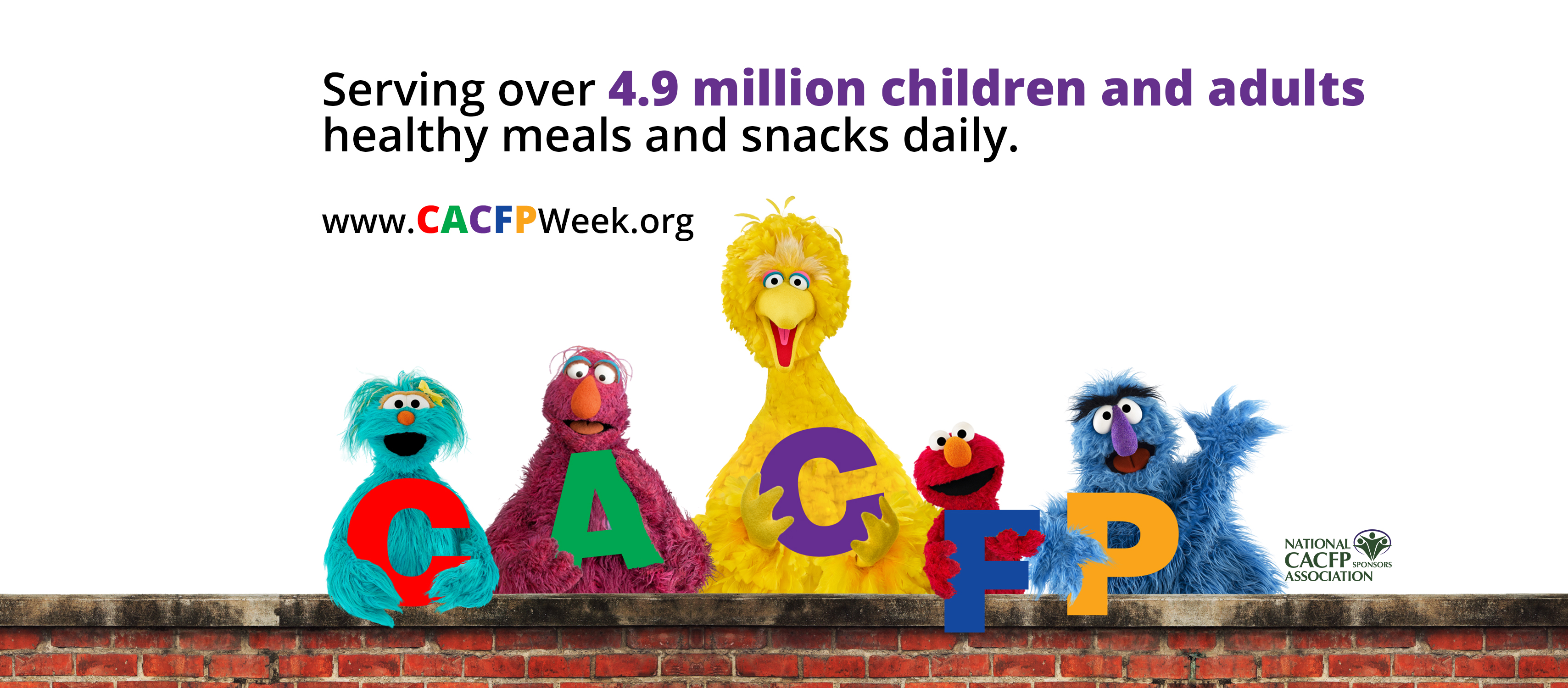
The temperature is rising, and spring is in the air! As we edge slowly out of winter and increasingly spend more time outside our homes, we cannot dismiss the COVID-19 pandemic that continues to hang on. We are more than a year into this pandemic, and our second Spring Break season since the pandemic started is upon us. In 2021, Spring Break feels different than in 2020, when COVID-19 community restrictions first started and fear began to rise. Now, COVID-19 infection rates are going down in many communities and vaccines are becoming available and being distributed, which gives us hope. We seem to be turning the pandemic corner and starting to win the battle against COVID-19. However, we still need to do our best to reduce the risk of increasing the spread.
Given the recent rise in optimism, many are planning activities when children are out of school for Spring Break. Afterall, COVID fatigue is real, caregivers are burnt out and children are restless because the prolonged public health recommendations designed to curb risk also have limited their ability to get out. Given where we are with the pandemic and the new risks imposed by more contagious COVID-19 variants, we offer the following Spring Break 101 for 2021:
Masking and Social Distancing
Even with vaccinations, precautions remain necessary. It remains unclear if getting vaccinated prevents infection or just prevents symptoms, which means fully vaccinated individuals may still be able to spread the disease to others even if they do not experience symptoms themselves. Plus, given that vaccines recently started to become available and certain populations are prioritized to receive the vaccine first (such as older adults, who are at greater risk for poor COVID-19 outcomes), just a sliver of adults in the U.S. have been vaccinated so far. For now, the Centers for Disease Contral and Prevention (CDC) still recommends masking and staying 6feet apart when gathering with others outside of your household and in public spaces. Public health officials also recommend avoiding large crowds for now and avoiding non-essential travel, including traveling by air.
People who are fully vaccinated, however, now can enjoy private gatherings with other fully vaccinated individuals and do so without wearing masks that cover their nose and mouth. Health officials also say that fully vaccinated individuals don’t elevate transmission risk markedly if they visit indoors unmasked with people from one other household, regardless of the vaccination status of the other household members, if non-vaccinated individuals are not at high risk for severe illness. This is great news for everyone, particularly those with nearby parents or grandparents who have received a vaccine– Spring Break can be made even more fun with a visit together without the worry of getting an older parent or grandparent sick.
Keep Children from Getting Sick
It still is important to do what you can to protect children from getting sick. A child-safe vaccine has not yet been approved for use, leaving children at risk for infection and other illnesses related to COVID-19, like multisystem inflammatory syndrome (MIS-C). While MIS-C continues to be rare, rates and seriousness of the condition may be climbing. Continue using precautions when playing with friends outside of school or child care:
- Mask up (for children over age 2),
- play outdoors as much as possible,
- continue to keep the friend circle small
- keep children home if they begin to look or feel ill and
- seek medical advice quickly if you suspect COVID-19 infection.
The past 12 months have been very trying for everyone and intensely tragic for so many. Weary, worn down, anxious and depressed are but a few words to describe how many are feeling right now. We urge you to continue to stay informed and follow guidance from your local and state health department officials. Child Care Aware of America’s Emergency Child Care and Technical Assistance Center also is available to support your needs. Whether you are a child care system leader, child care provider or have young children in your life that you support, we have many excellent resources on a number of topics.
Spring is here and hope is on the horizon – stay the course this Spring Break and be well.
![ECCTAC-Logo[1]-1](https://info.childcareaware.org/hs-fs/hubfs/Rich%20Text%20Pasting/unknown-1595431381223.png?width=299&name=unknown-1595431381223.png)
This post is brought to you by CCAoA's Emergency Child Care & Technical Assistance Center™. Learn more and request technical assistance.





